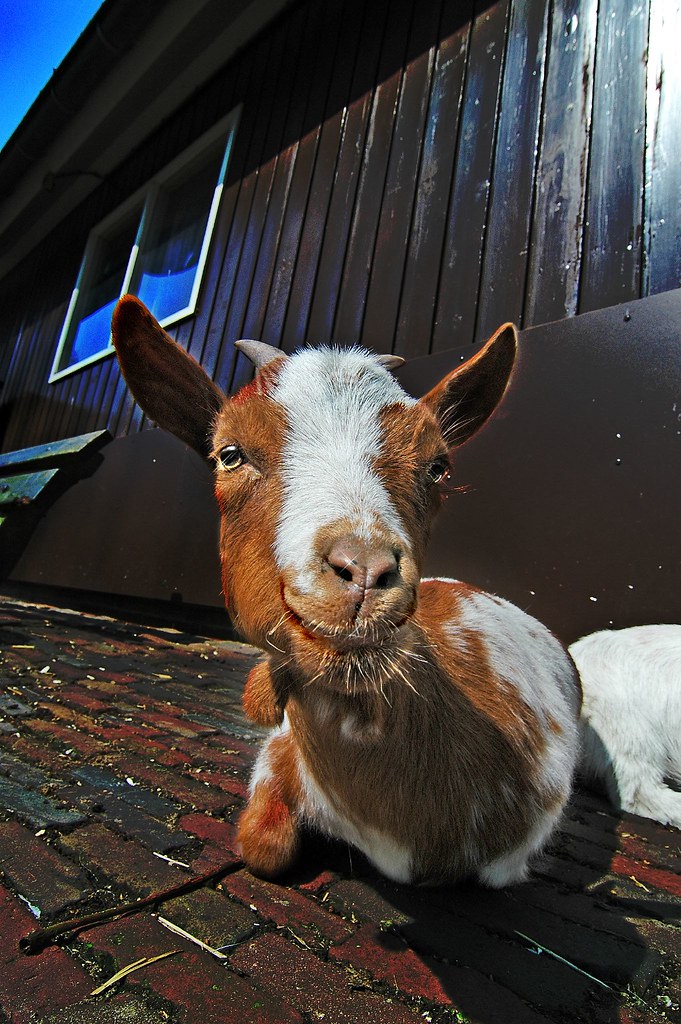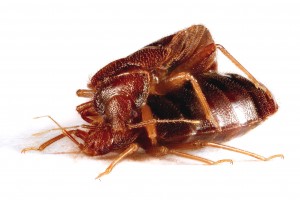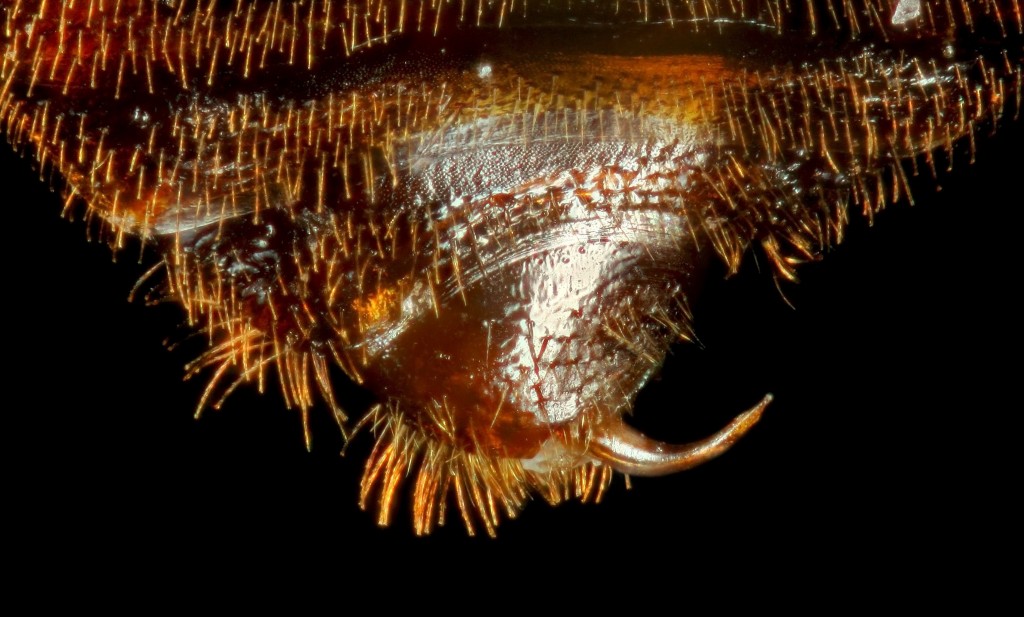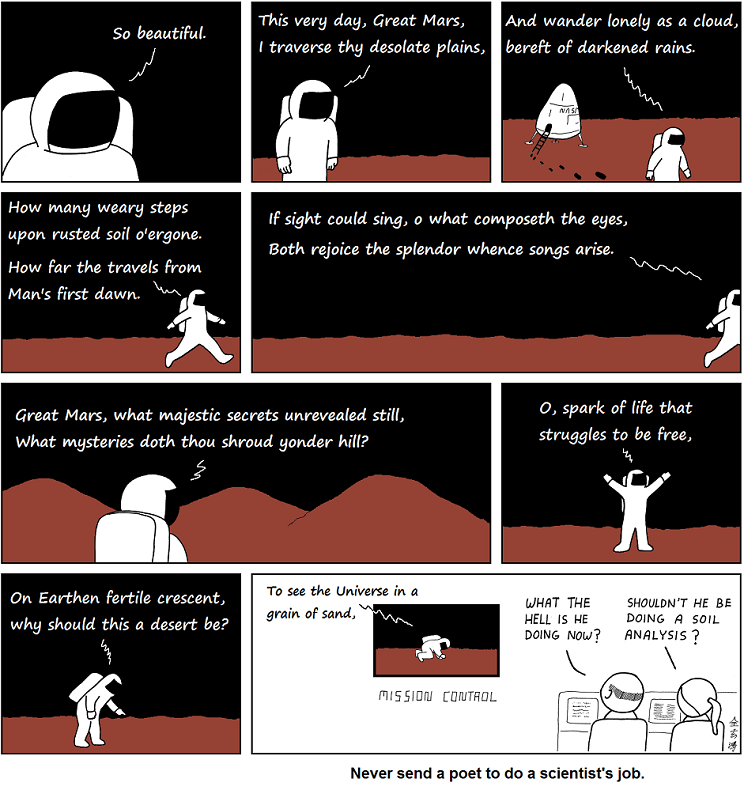ast weekend, my friend Sarah Gilman won the women’s woodsplitting competition at the 41st annual Mountain Fair in Carbondale, Colo., out-chopping several close rivals — including a local county commissioner — and taking home a championship tiara and an six-pound splitting maul. It was Sarah’s second tiara, and second prize maul; she first won the contest when she entered on a whim in 2009. (She also owns a fancy splitting axe from Sweden, a gift from an admiring but anonymous spectator.)
Sarah learned how to swing a sledgehammer during several summers building mountain trails for the Colorado Fourteeners Initiative, then honed her axe skills splitting firewood for cold rural winters. Splitting wood is fun, she says, and meets both tangible and intangible needs. Its satisfying physics once helped her through a breakup, and have long since cured her of a recurring dream in which she frantically tried to build her strength by doing pullups inside a moving bus.
For aspiring woodsplitters who feel a wee awkward around swinging tools (Okay, people, I can hear you. No more sniggering until the end of this post!), Sarah offers these tips. Continue reading


 Two weeks ago, I wrote about scientists who intentionally
Two weeks ago, I wrote about scientists who intentionally 



